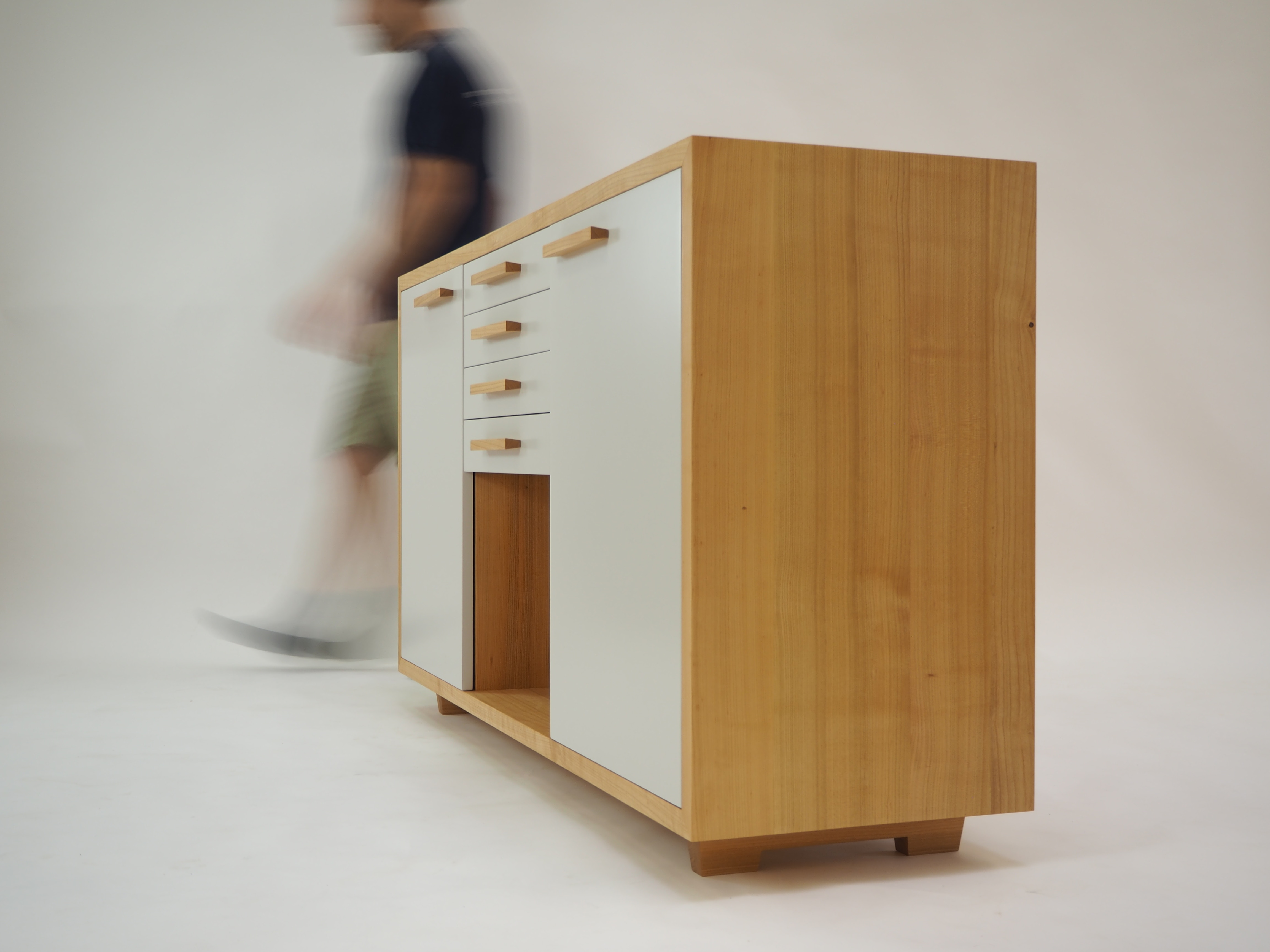

What is Edge banding and why does it exist?
Put simply, edge banding solves a problem in furniture making. The problem being; that wooden boards have a raw edge when cut and this raw edge, when left uncovered, can pose serious problems for your furniture.
Not only do raw edges look unattractive but they also cause moisture to seep in, which causes the wood to warp and this, in turn, significantly reduces the woods life span. It is also very damaging to the appearance.
Edge Bands are the thin strips that go on the end of raw wood boards to cover it up. Edge banding protects the wooden panels in your furniture from moisture, thus reducing the effects of atmospheric humidity and liquid spills.
What about the advancements with engineered wood? Isn’t this water resistant?
Modular furniture is made using engineered wood meaning the wood is treated and made resistant to moisture. However, wood is predisposed to absorbing water so this cannot be fully altered by treating it. Wood has a natural tendency to absorb water and that cannot be changed completely – it can only be reduced. Edge banding is therefore still necessary.
How does it work?
The process of covering the raw edges of wood panels with edging is called edge banding. The narrow strips are often referred to as simply “edging tapes”. In a commercial environment, edge banding is completed using industry-grade machines called edge banders and using a hot-melt adhesive. Also known as hot-melt glue, this is a form of thermoplastic adhesive. Edgebanding machines can be adapted to the special requirements for processing thermoplastic edgebands up to 3 mm thick, and up to 50 mm wide.
What are the different forms of Edge banding?
Edge bands can be made of Wood, PVC, ABS, PP, PMMA, PET, Laser Edge
For more information on any of the above and how you can place an order send your enquiry to sales@merenda.com